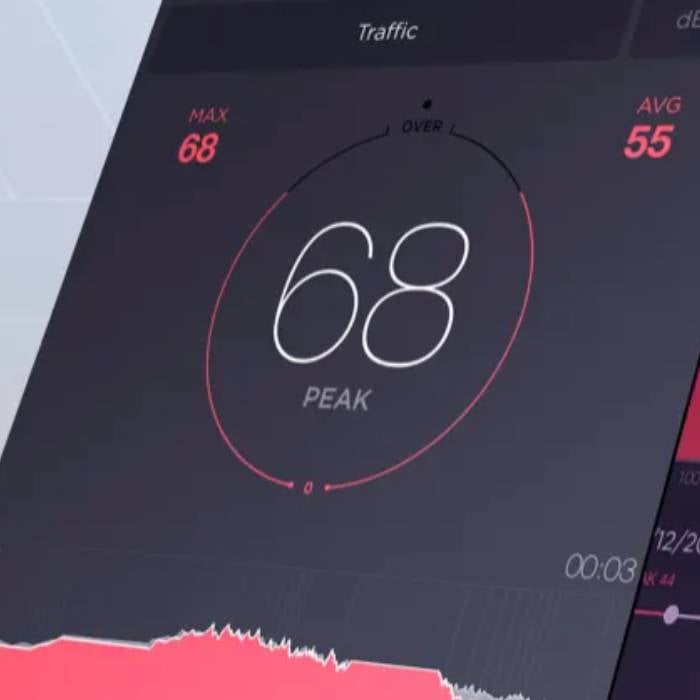Many of us are exposed to noise daily, sometimes at levels loud enough to cause immediate and permanent hearing damage.
Whether you are at a sporting event or a pub crawl noise levels can get out of hand. What's worse, our brains aren't always a great judge of volume.
And that’s where a decibel (DB) meter app comes in. These free smartphone apps measure sound levels and help monitor and manage noise exposure.
These are the the best decibel meter app options I recommend to my patients (with screenshots).


👋 Want to check your hearing?
Try this free hearing test. It takes about 5 minutes and returns a chart that reveals the shape of your hearing. There’s also a helpful video that explains your results.
What is a decibel meter app?
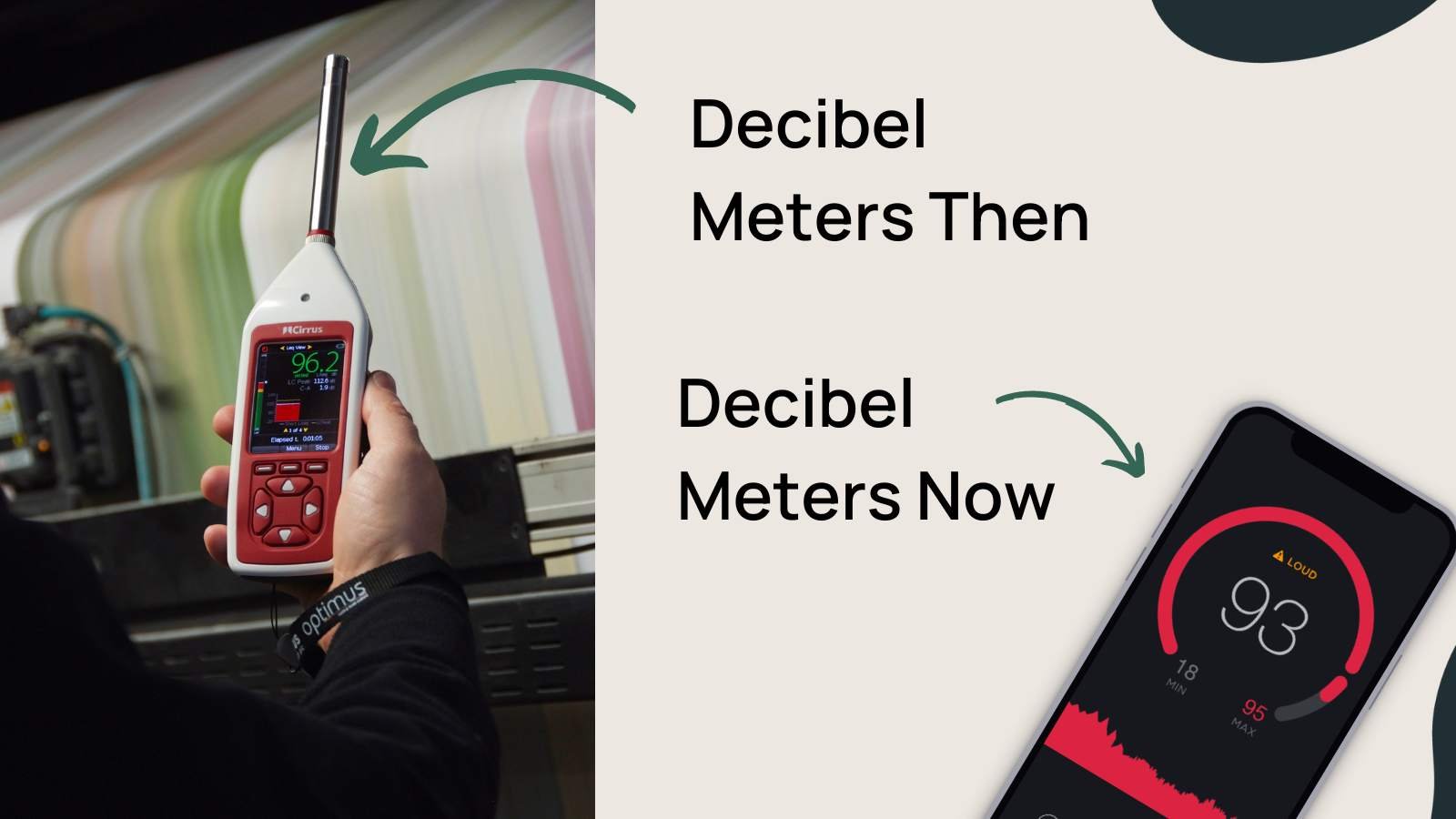
A decibel meter is a device used to measure sound intensity (or loudness) in a given environment. This app uses the microphone on your phone to pick up the sound in your environment and measure how loud it is.
It is also referred to as a sound level meter or SPL meter (sound pressure level). It measures the sound pressure level in decibels (dB), a logarithmic scale showing sound intensity.
How loud is too loud?
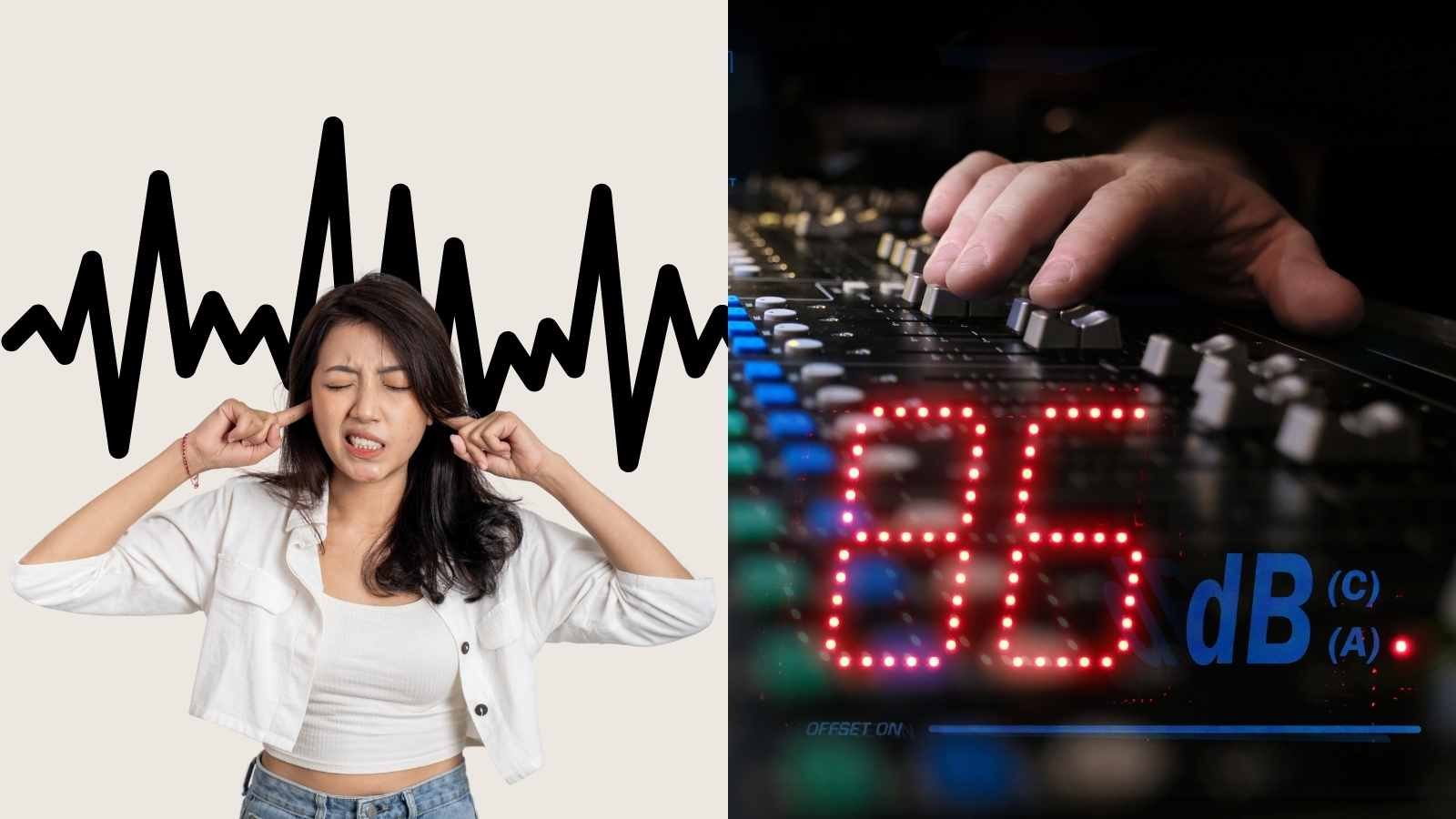
Many of us listen to music on headphones at levels that can be damaging to your hearing. For example, did you know that the average person listens to their music at 94 dB SPL? And if you max out your volume, it can climb to 105 dB. So it's essential to think about listening to your headphone volume at a safe level.
Sound levels above 80 dB SPL are damaging to your hearing. Additionally, there is a double in intensity for every increase of 3 dB above that. So, what exactly does that mean? Increasing sound by 3 dB means you'll need to cut your time in half to keep your ears safe (aka, listen to music for 30 minutes instead of one hour).
Think of your daily sound dose the same way as you think about sodium. Some is okay, but too much is not good for your health at all.
Here are some examples:
.jpeg)
Your sound exposure level will vary depending on your activities during the day. It can be hard to tell how loud your environment is, especially if you're not used to thinking about loudness levels in this way.
That's why a decibel meter app is useful. Most of us carry a cell phone throughout our day, and it's easy to open up the app and check how loud your environment actually registers.
How to Use a Decibel Meter
Using a DB meter app is simple.
- Start by downloading a smartphone app that is compatible with your phone (links below).
- Open the app in a loud place to quickly assess whether or not the noise levels you're exposed to are safe for your hearing health.
The National Institute for Occupational Safety & Health (NIOSH) recommends not exposing yourself to more than 85 dB of continuous noise over eight hours per day without hearing protection.
Remember that when your sound exposure level exceeds 80 dB, it's time to think about limiting your time in that environment or using hearing protection.
Top Decibel Apps iPhone and Android
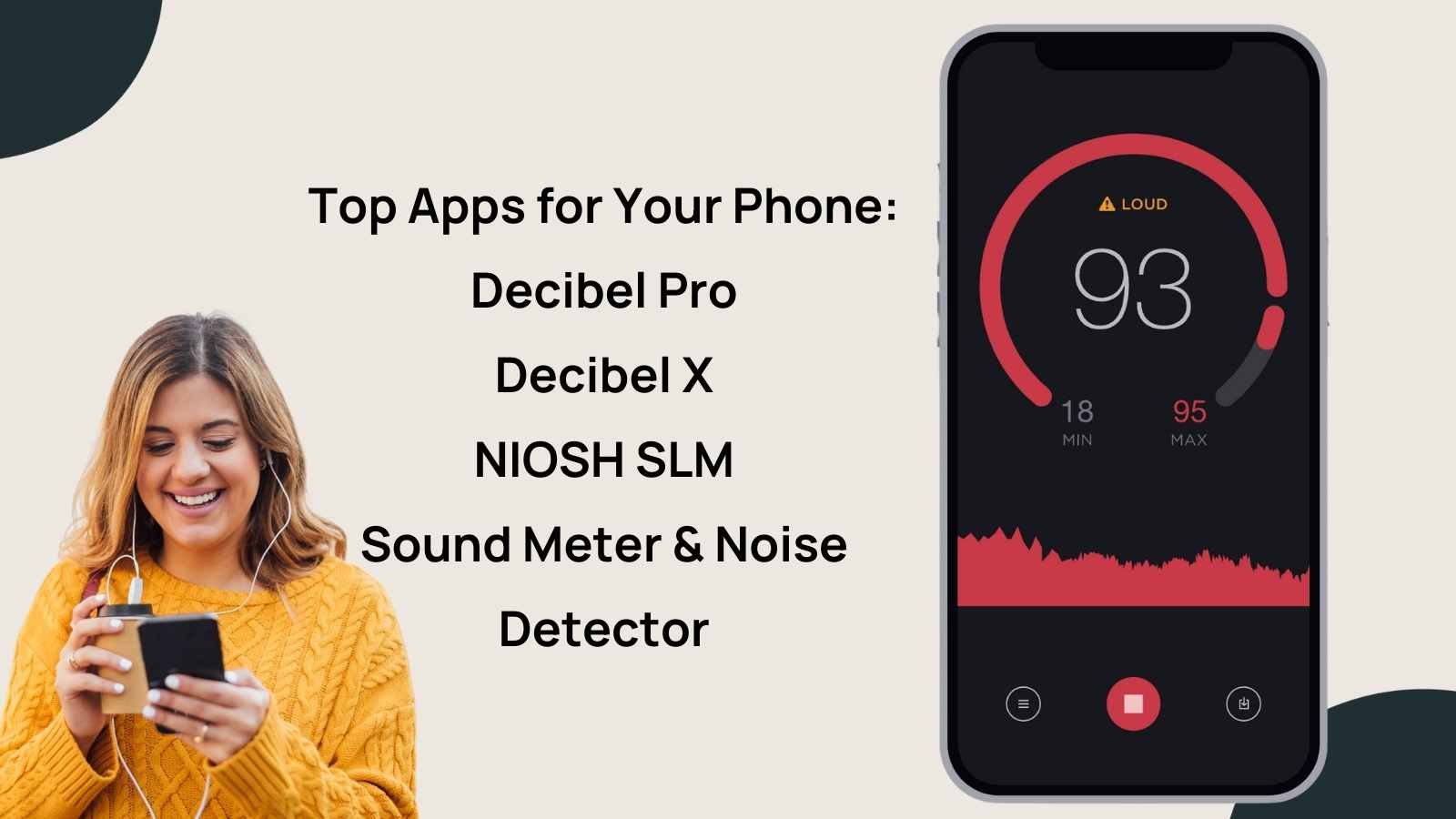
You don't have to buy an expensive DB meter if you want to measure the noise around you; there are several apps available for smartphones that offer similar functionality at no cost.
These apps are great for anyone who wants quick access to sound level readings from their phone without investing in hardware equipment.
Here are four great options to try:

1. Decibel Pro
This free app can tell you how loud your environment is and also allow you to take a hearing test. Another nice feature is the photo and video overlay, so you'll be able to see the noise levels even while you're watching videos and looking at pictures on your phone (pretty cool, huh?).
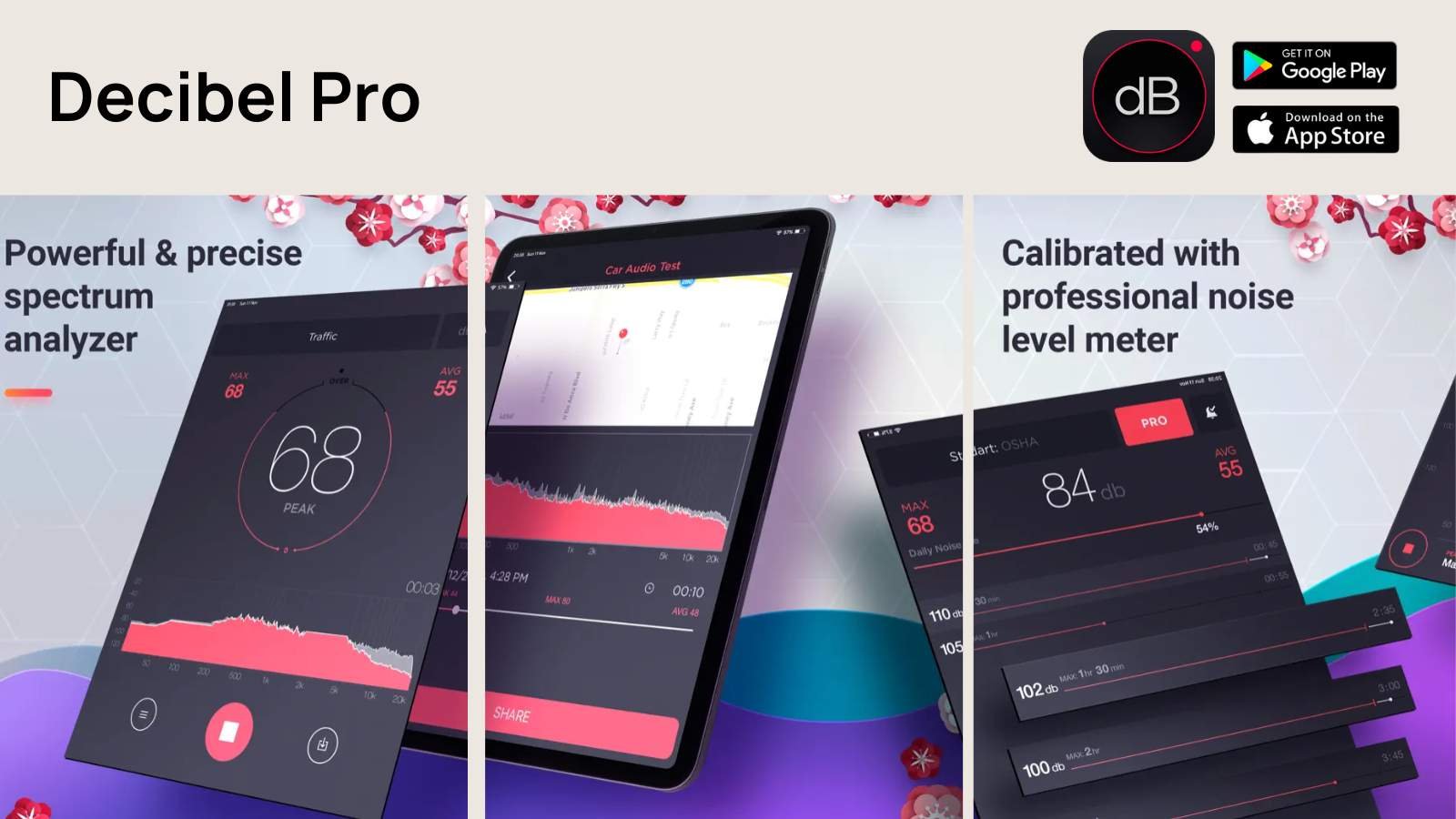

2. Decibel X
Love data? With this app, you'll see a visual display of your noise level on a graph. It also displays the noise level in real-time and your average noise level exposure in numerical and graph form.
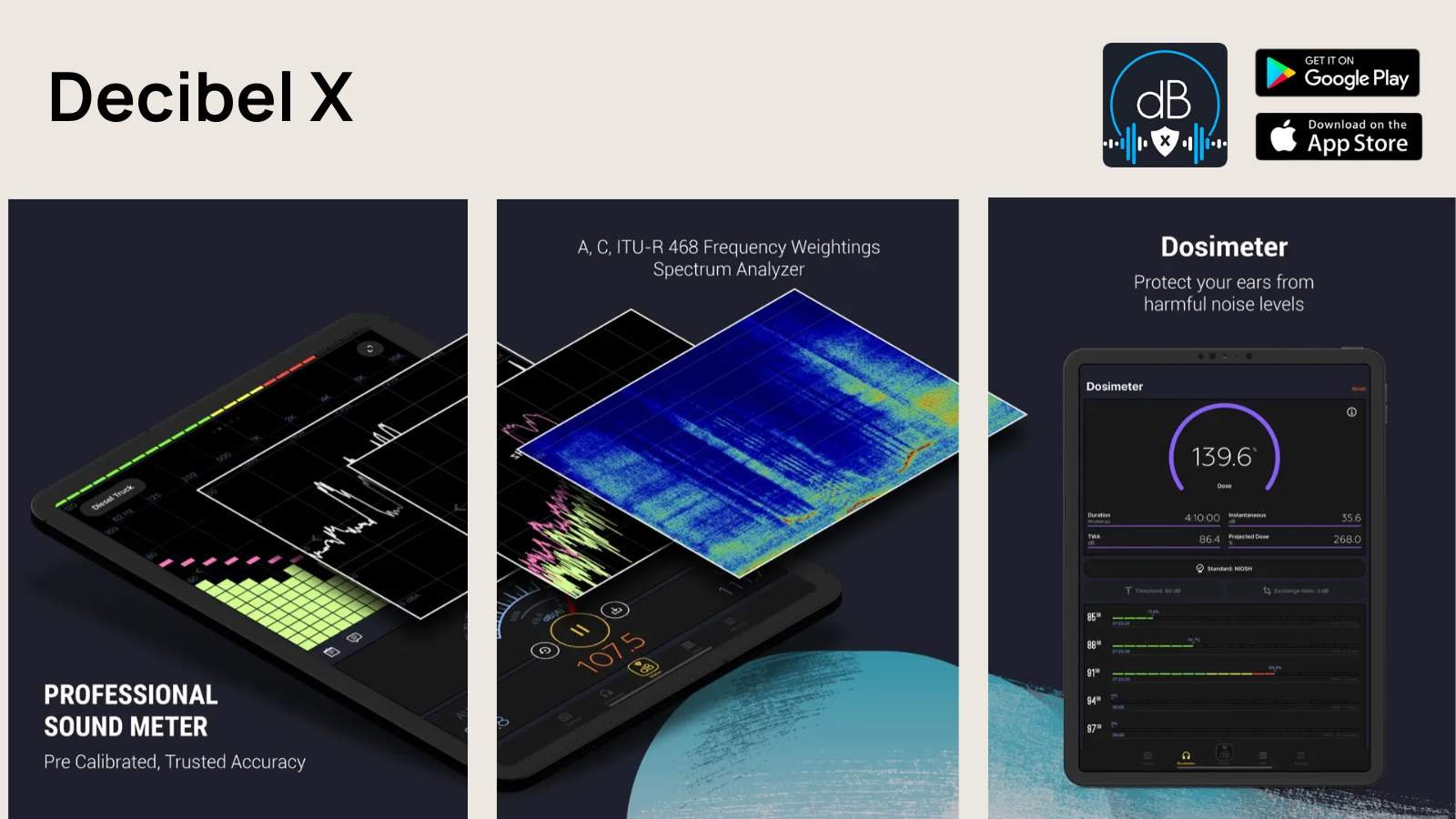

3. NIOSH SLM app (iOS only)
The NIOSH app is an easy-to-use noise dosimeter showing your noise exposure in real time. This app will also keep track of your noise dose over time, displaying your noise dose percentage. Not only was this award-winning app designed by acoustic engineers and experts in hearing loss, but it was also tested and validated at the NIOSH acoustics lab.
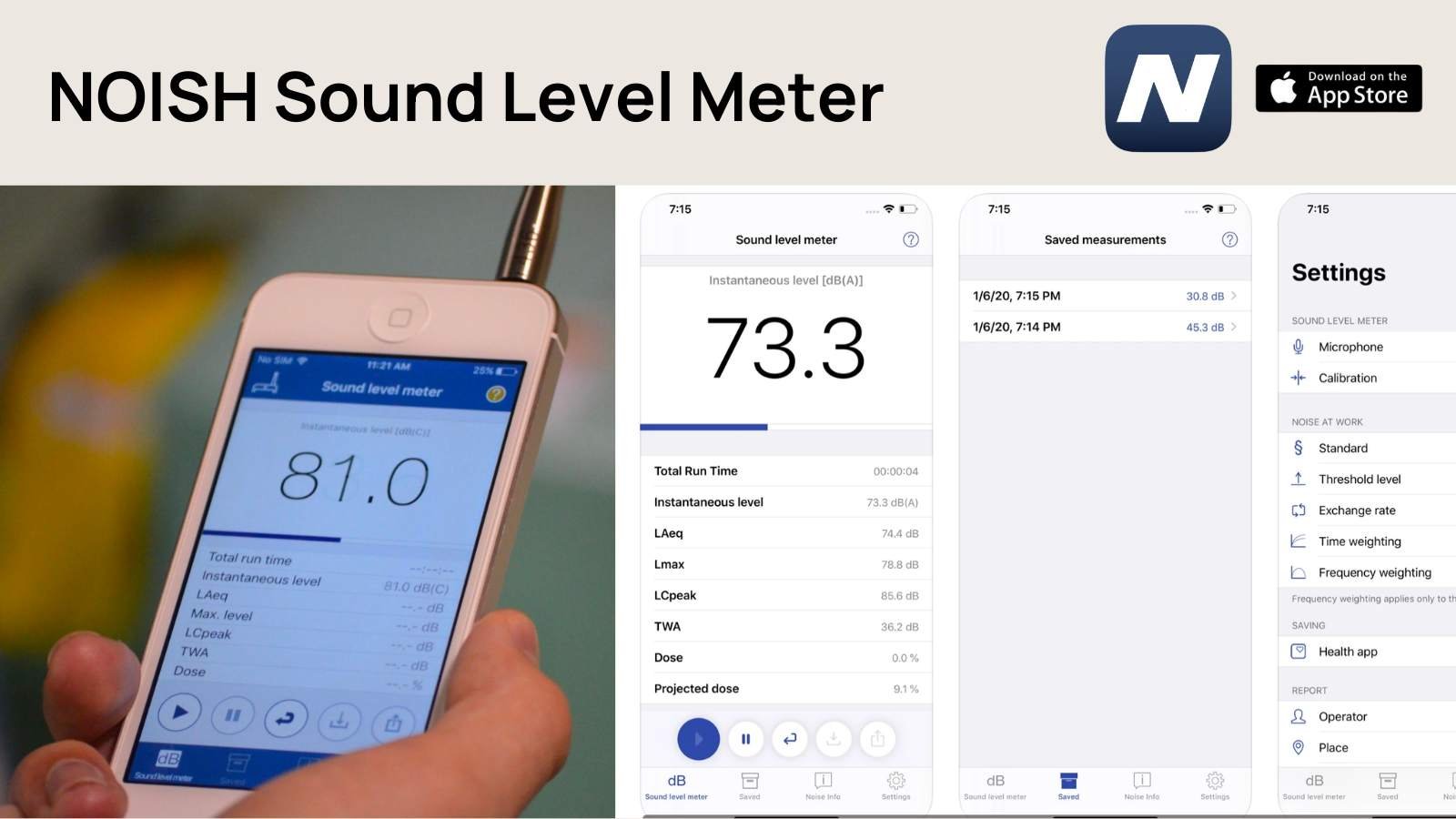

4. Sound Meter & Noise Detector (Android only)
Your daily sound intake can also mimic a “speed limit.” This app shows your noise volume level on a meter resembling your car's odometer.
A history function also shows the length of your sound exposure and a noise reference, such as a busy street or factory machinery.
.jpeg)

How To Set Passive Alerts Using Apple Products
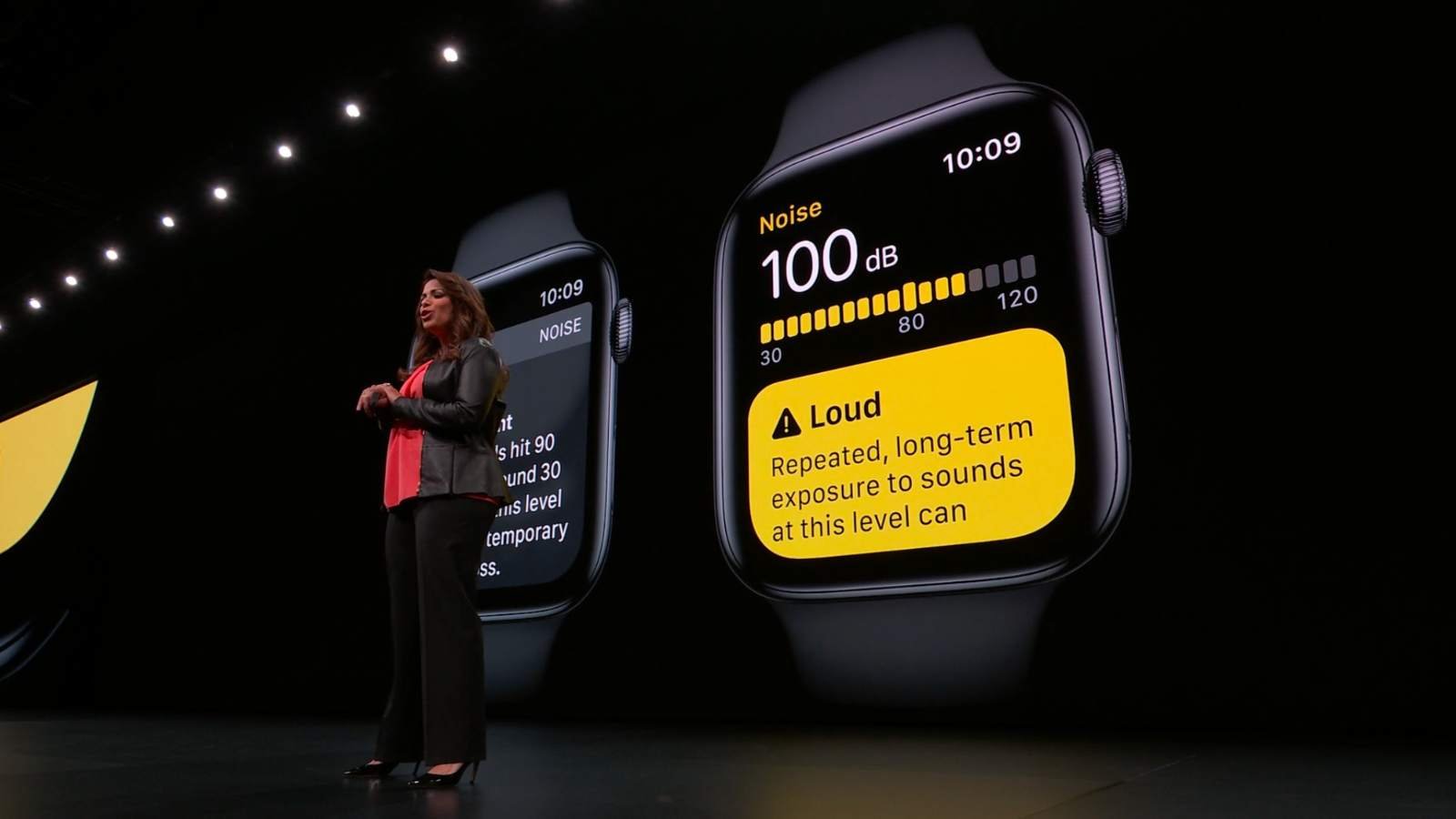
Do you have an Apple product, such as an iPhone? Apple products can now detect when the ambient noise or headphone volume exceeds a certain volume threshold and alert users when they need to turn the volume down.
If you'd like to set up these alerts, go to the Health app on your iPhone. Then, go to the Hearing and Headphone Notifications Tab.
The Health app shows a graph of how loud yor listening levels were over the last week. Using these notifications helps check your levels and receive reminders when the volume is too high.
How to Know if the Volume is Too Loud without a DB Meter
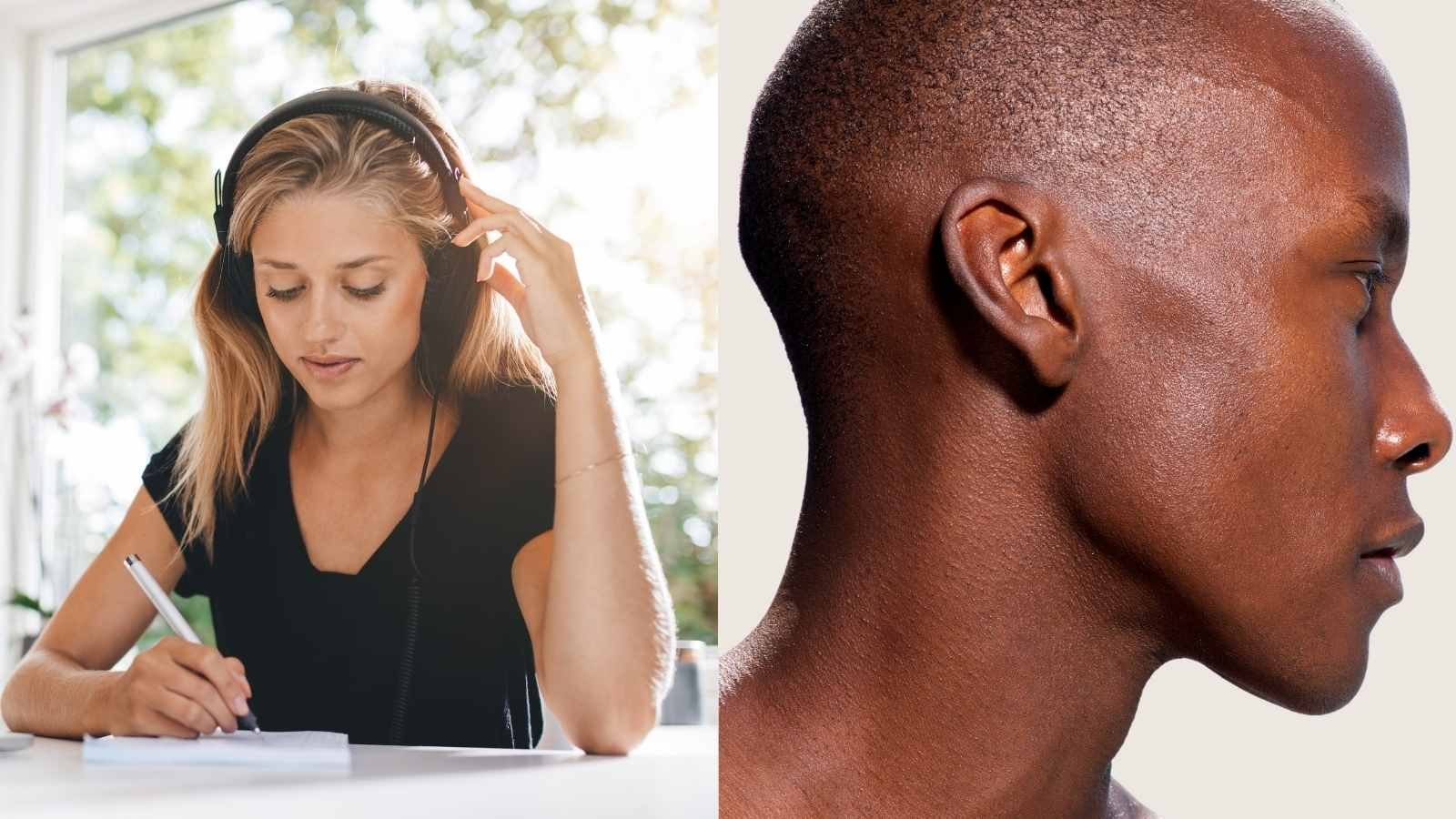
If you don't have access to a DB meter app, here are also some good tips about when the volume is too loud:
- Are you having trouble hearing someone talking to you at a distance of one arm's length? If so, your environment is too loud. You'll want to either turn the volume down or move away from the noise to a quieter area. It'll be much safer for your ears (and easier for your conversation partner).
- Do you crank your headphone volume all the way up? Again, the volume is too loud if you need help hearing someone talking at arm's length. You'll want to limit the volume to 60-70% of the maximum in your settings.
Conclusion
Decibel meters are essential for monitoring sound levels in any environment to protect our hearing health from excessive noise exposure. Fortunately, several free apps on smartphones allow quick access to these readings from our phones.
That being said, Apple products now can detect when ambient sounds become too loud and alert us accordingly so that we can take action before any damage occurs—allowing us peace of mind regarding our hearing health.
So, whether you opt for an app or use some tips to reduce your noise exposure, taking proactive steps towards protecting your ears will go a long way towards maintaining your long-term hearing health.



